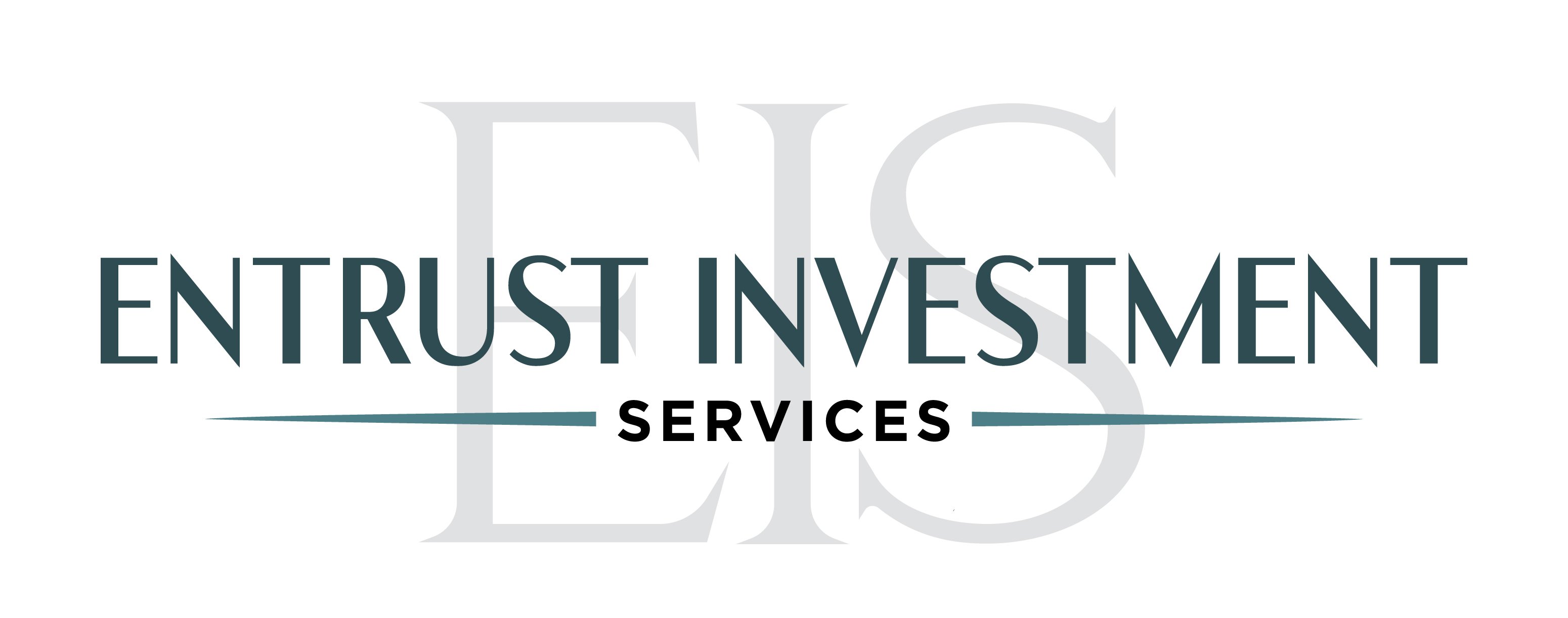In the dynamic arena of equity investments, various strategies can augment portfolio yield. One such strategy favored by seasoned investors is selling covered calls. This approach allows an investor to leverage their existing equity investments to generate consistent income, adding another dimension to their portfolio's performance.
An Introduction to Covered Calls
A covered call is a strategy that involves an investor selling call options against the shares they own in a particular stock. For instance, imagine a hypothetical Company ABC, a successful tech firm that boasts a vibrant options market, making it an excellent choice for selling covered calls. Or Company XYZ, a powerhouse in asset management, that not only has a thriving options market but also an appealing dividend policy. Investors who sell covered calls on XYZ shares can expect to generate income from both the option premium and the dividends. These kinds of companies are excellent opportunities for selling covered calls because they offer a cash flow rate on covered calls of more than 8% annualized while setting strike prices significantly out of the money (potential sale price of the stock).
However, not all stocks offer a great opportunity to generate income by selling covered calls. On the opposite end of the spectrum, consider Company LMNO, an industrial enterprise that pays a nice dividend, and as an investor, selling a covered call looks like a great way to enhance the income from owning LMNO. Unfortunately, company LMNO simply lacks an a robust options market. As such, option trades on company LMNO would yield less than 5% annualized and would be sold with strike prices far too close to the money which significantly reduces the potential price appreciation of owning the stock.
The Dual Nature of Covered Calls
The strategy of selling covered calls is nuanced, presenting a mix of opportunities and risks.
On the opportunity end, if the prices of your owned stocks decrease, you still retain the premium from selling the call, mitigating potential losses from a stock price decrease. Or if you're currently taking the income from your investments, it could allow you to avoid selling your stocks at a lower price to get your needed monthly income.
However, when selling a covered call on a stock you must set a strike price. That strike price represents the price you must sell the stock for if it is "called." For example. Lets say that Company ABC is currently priced at $100 per share. You sell a call option for $1 per share, expiring 1 month from today with a strike price of $105.
Cash Flow Rate: 1% Monthly (12% Annualized)
Capital Gain if Called: 5%
On $1,000,000 that means you would generate $10,000 in income, and if the option is called, you will no longer own your stock, you will instead of $1,050,000 in cash.
Therein lies the primary added risk when selling a Covered Call. What if when you sell your stock at $105 per share, the current price is $110 per share? Essentially, the lost capital appreciation on that trade was $5 per share, 5%, or $50,000 on a starting portfolio balance of $1,000,000. Summarized, there is a potential risk of selling your stocks for a price lower than the current market price if the stock price soars significantly before the option's expiration. This highlights the importance of a diversified portfolio of stocks when utilizing strategies like this.
Taxable Implications of Covered Calls
Income from selling covered calls can have different tax implications, depending on the account type. In a regular brokerage account, the income qualifies as short-term capital gains, which will be taxed at ordinary income rates. This is compared to selling a stock for a potential Long-Term Capital Gain which could offer tax savings to higher income earners.
However, in an IRA, the income is tax-deferred until withdrawn. So there is no difference to an IRA holder between selling covered calls, selling stocks with capital appreciation, or pulling out dividends or interest. Using a covered call strategy in an IRA may be ideal simply because all distributions are taxed as ordinary income and so when you use a covered call strategy in an IRA, you are not foregoing other potentially more tax advantageous strategies.
A Roth IRA is very similar to the IRA in that all distributions (assuming the account owner is over the age of 59 1/2), have an identical tax impact. Except, in the case of a Roth IRA, all tax impacts are zero. For this reason, the potentially high cash flow rates that a covered call strategy can generate may be most ideal for Roth IRA accounts.
Building an Income Stream: An Illustration
For a clearer understanding of this income generation strategy, let's envision a client with a diversified $500,000 portfolio consisting of 35 stocks. We'll assume these stocks share similar characteristics with companies having robust options markets, like our hypothetical ABC and XYZ.
In the first scenario, our client sells covered calls each month on their entire portfolio, and the overall portfolio appreciates by 11.8% over 12 months. Assuming each covered call generates an average annualized yield of 8%, this would result in a monthly income from options premium of approximately $3,333, or $40,000 over the year.
In a contrasting scenario, the underlying positions decline by -7.2% over the year. The monthly income from options premium would still be around $3,333, assuming the yield remains at 8%. However, the portfolio would decrease in value by $36,000 due to the declining stock prices.
In the second scenario, despite the downward market trend, the income from covered calls helps offset some of the decrease in the portfolio's value. In the first scenario, the covered call strategy adds to the overall profitability of an appreciating portfolio.
The Final Word
Selling covered calls can offer an additional income stream and some protection against market downturns, but it could limit the upside potential of your investments. You are obliged to sell your stocks at the strike price if the option is exercised, which could mean missing out on substantial gains.
Disclosure: This article serves informational purposes only and is not an investment advice. Investment advisory services are offered through Entrust Investment Services, Inc, a Registered Investment Adviser. Always consult your financial advisor or tax professional before implementing any investment strategy.
Covered call strategies may not suit all investors. It's important to assess the strategy in the context of your individual investment goals, risk tolerance, and tax situation.




